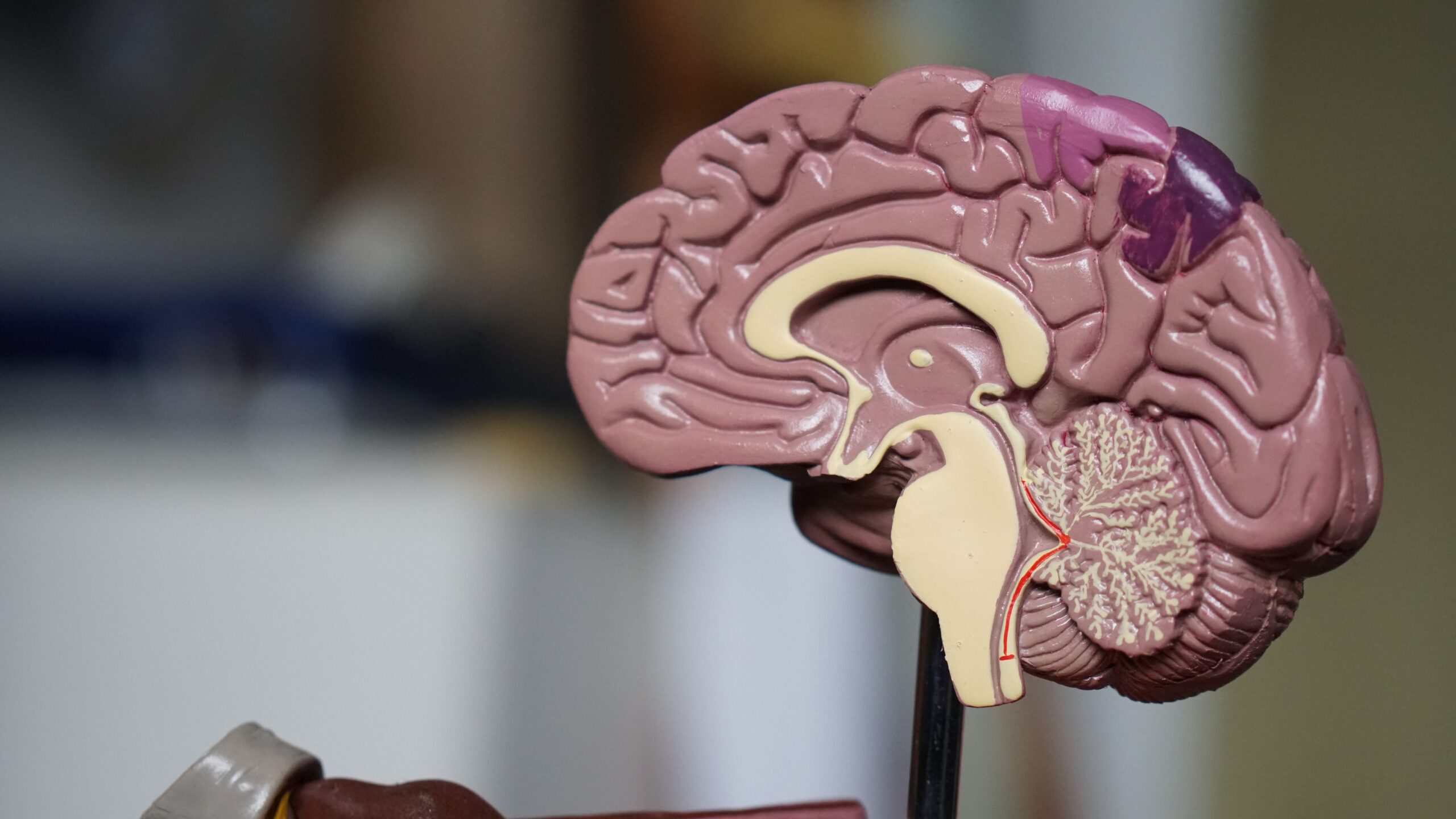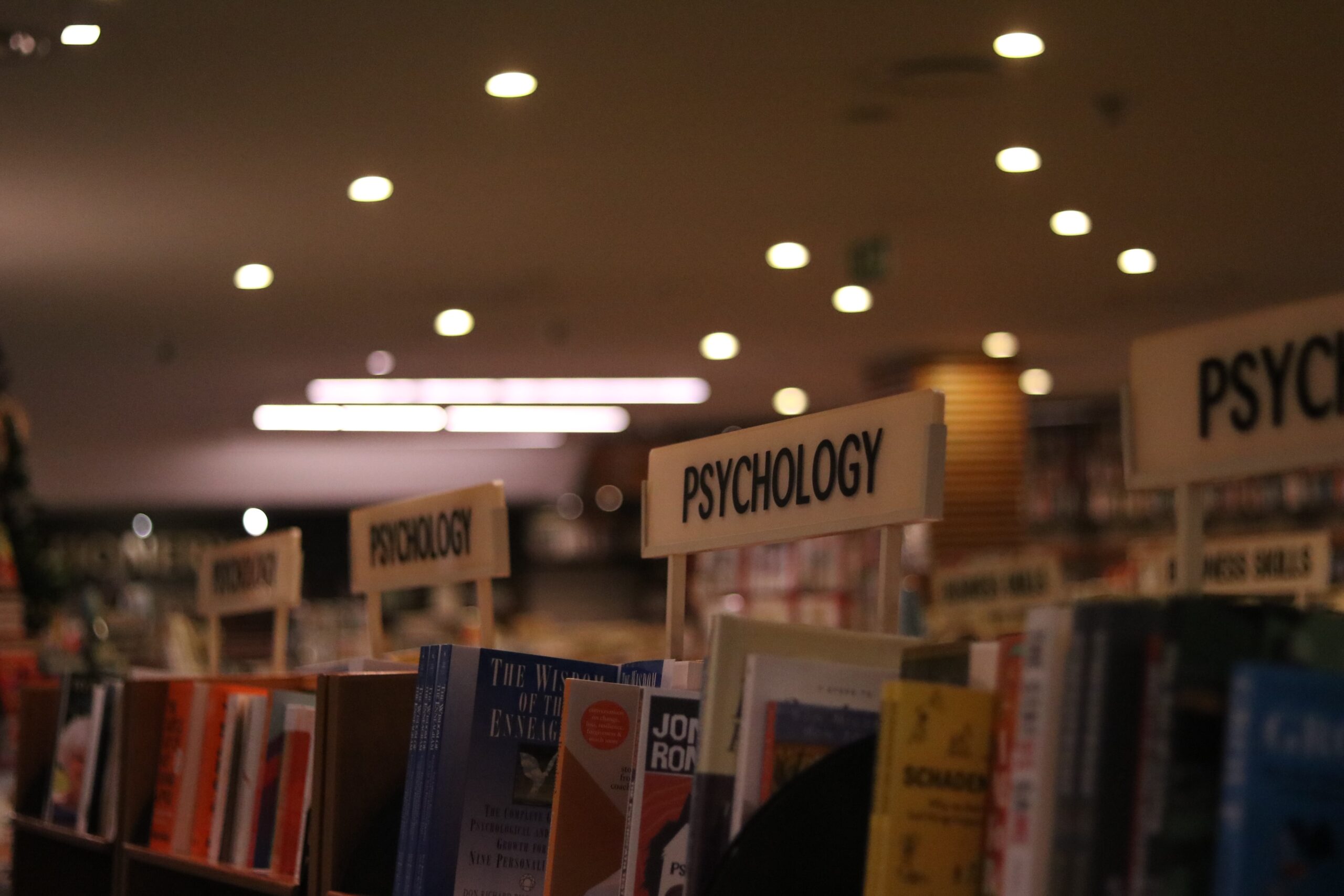
3 techniques used in CBT for treating insomnia
3 techniques of cognitive behavioural therapy for insomnia (CBT-I) - part 2
In case you missed it, click here to read part 1 of this article, “what is cognitive behavioural therapy (CBT) and can ithelp my insomnia?” for more background information on CBT and how it works.
1. sleep scheduling/sleep restriction
Designed by cognitive neuroscientist Arthur Spielman, sleep scheduling is a technique used in CBT for the treatment of insomnia to restrict the amount of time spent in bed, while not asleep (1).
It works by averaging the amount of sleep an individual typically receives per week, and restricting/scheduling their time in bed to be the same.
For example, consider a person who goes to bed around midnight and gets out of bed at 7am each day but only averages about 5 hours of sleep per night. Sleep scheduling limits this person’s time in bed so as not to exceed the number of total hours slept, (e.g. going to bed later, at 1am, and rising earlier, around 6am, to equal a total of 5 hours in bed, not 7).
This technique may seem harsh (surely we should be trying to encourage more sleep, not less, right?) - but there are a number of reasons why this form of CBT works.
By limiting the amount of time spent in bed while not sleeping, and by shortening the window of time the brain and body has to actually get some sleep, we send signals to our brain that it’s now or never, and that bedtime means sleep.
Most people experience a significant reduction in the time it takes them to fall asleep within a week of practicing sleep scheduling. When this happens, their “sleep efficiency” drastically goes up, meaning their bodies learn to use the full duration of time spent in bed for solid rest (2).
When sleep efficiency reaches more than 85%, the time in bed is allowed to be extended. The process repeats until sleeping habits are markedly improved.
(Please note: the time of waking should not change. This is known as “morning anchoring” and it is an essential component in the regulation of sleep).
Also important to note with this technique is that struggles with fatigue can arise. For safety the Expert Consensus on Minimum Standards of Practice in the use of Cognitive Behavioural Therapy for Insomnia (CBT-I) 2019 states:
“Sleep restriction therapy should not be carried out without the supervision of a health professional experienced in sleep protocols. This is because of the recognised likely temporary consequences of sleepiness or diminished performance with respect to driving or operating machinery, about which patients must be warned.
Conditions wherein sleep restriction therapy should not be used:
• Active epilepsy
• Bipolar disorder
• Untreated sleep apnoea or sleep apnoea unresponsive to CPAP
• Psychosis
• Epworth Sleepiness Scale score over 11
• Chronic fatigue syndrome
• Migraine
• HGV/PSV and other professional drivers and pilots.
In some cases an alternative to sleep restriction, sleep compression may be recommended, reducing time in bed by 15 minutes weekly until 85% sleep efficiency is achieved (3).”
2. stimulus control therapy
Stimulus control therapy is a technique designed by American clinical and research psychologist Richard Bootzin to help boost an individual’s response to various biological and environmental cues for sleep.
Particularly when it comes to the bedroom, stimulus control therapy helps to strengthen the association between the bed and “asleep”, and weaken the association between the bed and “awake.”
Of course, the majority of this association takes place subconsciously in the brain, so stimulus control therapy is about restructuring our behaviours to rewire our brain.
For example, you might have heard the common marital advice to never put a TV in the bedroom; the two reasons being that it can negatively impact both your relationship and your sleep. In a similar way, when trying to improve the natural cues your body receives for sleep, it’s recommended to only utilize the bedroom for sex and sleep.
Morning and night-time routines should take place outside of the bedroom where practical, and rising time should be kept the same all seven days of the week. Sleep should take place when an individual feels sleepy, not tired (again, strengthening one’s biological cue).
Individuals should also follow a “15-minute rule” when unable to sleep, (with 15 minutes as a maximum time limit), to avoid the association of trying to sleep with stress, frustration, and hopelessness if this occurs in less than 15 minutes. The 15-minute rule requires getting out of bed and leaving the room, only to return, once again, when sleepy.
Activities that should be carried out when unable to sleep using the 15-minute rule should be planned ahead of time, to increase the likelihood of success. Any essential daytime activities, such as finishing up work or doing the laundry, are to be avoided in favour of non-essential, more enjoyable activities that should take place in a warm and cozy room. All screens and bright lights should be avoided (4).
For safety the Expert Consensus on Minimum Standards of Practice in the use of Cognitive Behavioural Therapy for Insomnia (CBT-I) 2019 states:
“Daytime sleep should be avoided but, where it is unavoidable, a nap should be less than 30 minutes and more than six hours before the target bedtime. A nap is advisable if the patient is sleepy and driving is necessary. The patient should be reminded that it is her/his responsibility to ensure safety.
Conditions wherein sleep restriction therapy should not be used:
• Elderly with risk of falls or those who cannot safely get out of bed unassisted.
• Where there is excessive anxiety regarding being outside the bedroom
• Where there are concerns about safety of communal areas outside the bedroom
If an individual is unable to leave the bedroom when unable to sleep overnight, the bedroom environment could be divided to create an obvious sleep area versus activity area (5).”
3. paradoxical intention
Many if not most cases of insomnia are caused by anxious or incorrect thoughts and behaviours related to sleep. This can lead to a negative cycle that strengthens something referred to as the “attention-intention-effort” pathway, resulting in greater worry and greater loss of sleep as time goes on. To put it simply: the more an individual thinks about sleep (or their lack thereof), the less likely it is to come.
One of the techniques used in CBT-I that works to end this sleep-stealing cycle involves the use of paradoxical intention, i.e. doing the opposite of trying to sleep (6).
To understand and implement the paradoxical intention technique, it’s important to understand the attention-intention-effect pathway and recognise which tendency feels most familiar (and possibly all).
The attention-intention-effort pathway (7):
Attention — Paying too much attention to sleep. Worrying, questioning, and thinking about sleep in a negative way. Considering the consequences of sleep deprivation, and allowing one’s anxiety around sleep to increase while in the act of trying to rest.
Intention — Creating the explicit intention to sleep. Willing oneself to sleep. Deciding to sleep. *Healthy sleepers do not exhibit this intention, they simply switch off the light and get comfy.
Effort — Exerting too much effort to fall asleep. Going to bed before being ready to sleep. Tossing and turning leading to increased arousal and wakefulness. Refusing to get out of bed or “admit defeat.”
All three of these tendencies can make it much harder to fall asleep, and especially so if experienced in conjunction to one another. As stated before in (b), healthy sleepers don’t rely on any strategy to fall asleep, and don’t suffer from anxious or intrusive thoughts about not getting enough sleep. In turn, relaxation and the automatic process of sleep is easily encouraged. Paradoxical intention works by taking on a passive role towards sleep, and actively engaging in the thing that is most feared: that is, not going to sleep.
Guidelines of paradoxical intention can differ, but consider these steps from the book, “Insomnia: A Clinical Guide to Assessment and Treatment”:
- When you are in bed lie in a comfortable position and put the lights out.
- In the darkened room, keep your eyes open, and try to keep them open 'just for a little while longer'. That's your catch phrase.
- As time goes by, congratulate yourself on staying awake but relaxed.
- Remind yourself not to try to sleep but to let sleep overtake you, as you gently try to resist it.
- Keep this mind-set going as long as you can, and if you get worried at staying awake, remind yourself that is the general idea, so you are succeeding.
- Don't actively prevent sleep by trying to rouse yourself. Be like the good sleeper; let sleep come to you.
While CBT is a proven method of treatment for insomnia that can be helpful for many people, it might not always be the solution for you. Because insomnia typically result from a combination of biological and lifestyle factors, the precise effectiveness of CBT-I can be complex.
There is so much science has yet to understand when it comes to the pathways and biological processes responsible for sleep, or why some suffer greatly from sleeplessness, while others never struggle at all, and it can be heavily isolating to try and find the treatment plan (or plant) that works uniquely for you - especially when attempting to do it alone.
This is why, at sofi, we place such a strong emphasis on community. It is our mission to solve sleeplessness naturally and collectively.
have experience with CBT-I? How did it work for you?
Share your experience with fellow pioneers and help our community learn from one another - together - by visiting the sofi treehouse. All experiences and voices welcome.
Text References:
- Arthur J. Spielman, Paul Saskin, Michael J. Thorpy, Treatment of Chronic Insomnia by Restriction of Time in Bed, Sleep, Volume 10, Issue 1, January 1987, Pages 45–56.
- Perlis, Michael & Shaw, Paul & Cano, Georgina & Espie, Colin. (2010). Models of Insomnia. Principles and Practice of Sleep Medicine. 850-865.
- Hicks, J., Green, A., Anderson, K., Berger, L., Ellis, J., O'Regan, D., & Sesick, H. (2019). Expert Consensus on Minimum Standards of Practice in the use of Cognitive Behavioural Therapy for Insomnia (CBT-I) 2019 [Ebook].
- Bootzin, Richard & Smith, Leisha & Franzen, Peter & Shapiro, Shauna. (2010). Stimulus Control Therapy. See Sateia & Buysee 2010. 268-276.
- Hicks, J., Green, A., Anderson, K., Berger, L., Ellis, J., O'Regan, D., & Sesick, H. (2019). Expert Consensus on Minimum Standards of Practice in the use of Cognitive Behavioural Therapy for Insomnia (CBT-I) 2019 [Ebook].
- Hicks, J., Green, A., Anderson, K., Berger, L., Ellis, J., O'Regan, D., & Sesick, H. (2019). Expert Consensus on Minimum Standards of Practice in the use of Cognitive Behavioural Therapy for Insomnia (CBT-I) 2019 [Ebook].
- Espie CA, Broomfield NM, MacMahon KM, Macphee LM, Taylor LM. The attention-intention-effort pathway in the development of psychophysiologic insomnia: a theoretical review. Sleep Med Rev. 2006 Aug;10(4):215-45.

